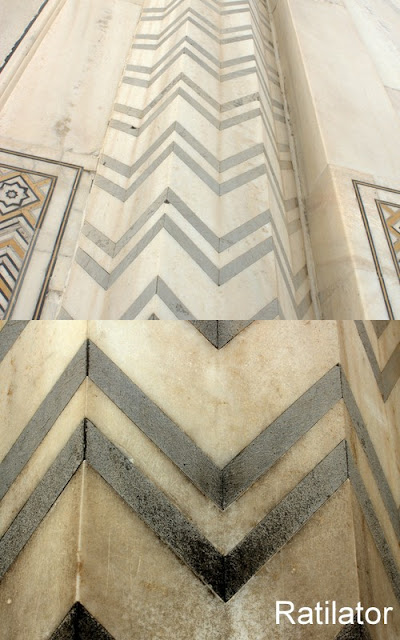At first, in Kuching (East Malaysia), I enjoyed the pleasant climate and good-natured people. I used to
communicate by sign language with a neighbor, because both of us didn't know a common language.
Later in Kuala Lumpur (West Malaysia), even though many spoke English, at first it was difficult to understand their accent and style. Others used to say the same thing about my accent as well. After being there for 5+ years, more or less I started to speak/communicate like locals.
Now, here in UK, for the first few days it was like re-inventing the cycle, in terms of communicating with the locals. At a super market
till, the cashier asked me something twice and I couldn't catch it. It sounded like this:
Chu nida bae?
She had to repeat it for the third time and finally I understood that she was asking me:
do you need a bag?
I was a bit embarrassed and lamented about this to a friend. Um, well, her experience gave me more confidence because she told that in her early days, she could never understand anything, even if the same thing was repeated several times! Nowadays, to overcome this situation, whenever I travel in public transport or be in a public area, I try to catch up with the conversation that goes on around me, but the intention is not eavesdropping:)
So far, I have never heard
should,
must or for that matter they don't even use
can you. They are always polite. Let me share an experience to show their politeness or rather use of language. When you travel by bus, besides regular stops, there are several
Request Stops. If you happen to wait at this type of bus stop, you need to wave your hand, to signal the driver that you need to get in. Similarly, if you have to get down at these stops you need to press the red buzzer in the bus.
Say, if you were unable to reach the buzzer, you would be requesting someone nearer to help you, right? I would have probably said "excuse me, please press the buzzer". But, I overheard someone's request, which was:
Could you please ring the bell for me? That too with a pleasant smile. After that, she was profusely thanking the other person.
Saying
thanks and sorry for even very small incidents is a part of the British culture. A friend, jokingly commented that these phrases are too natural and sometimes it looks like automated words without meaning, but so far, I have not had any negative experience in this area.
In public, usually people are lighthearted. Once an old lady was finding difficult to get up from a par bench. Just then, I had an eye contact with her. Immediately she had a beautiful smile and quipped:
I need a pair of new legs.




























